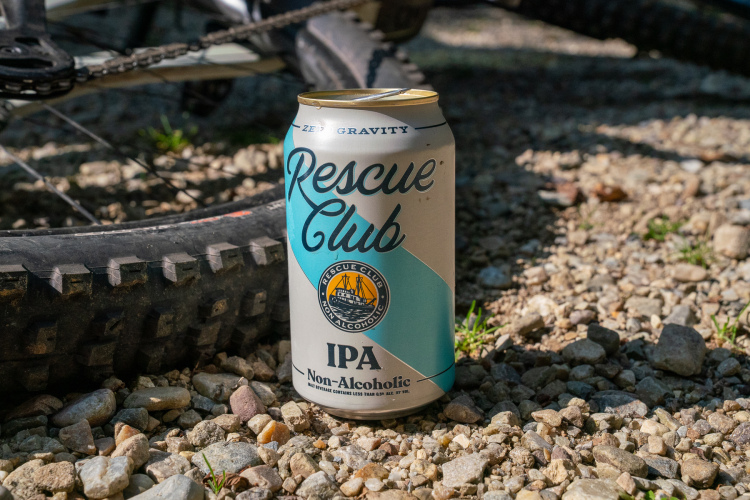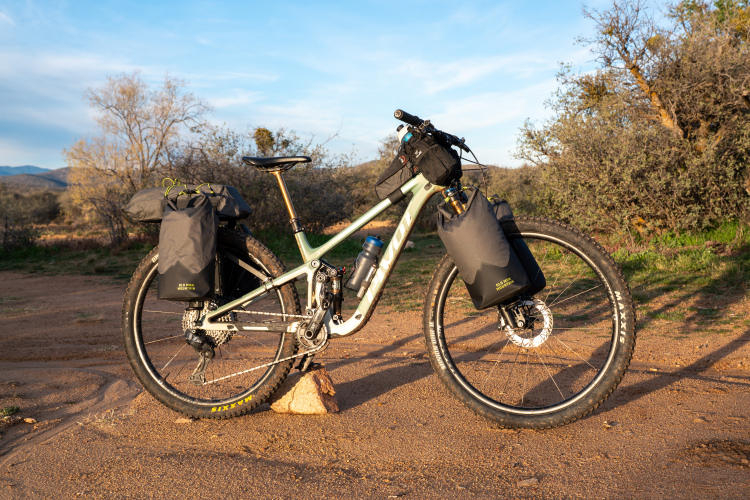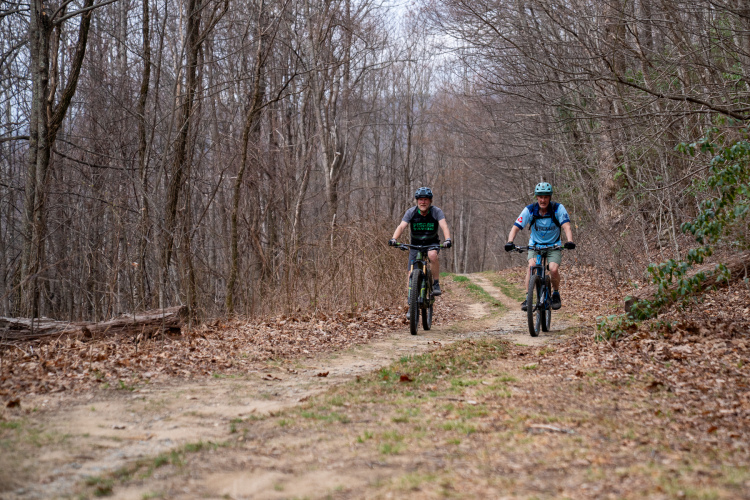
Oval chainrings are nothing new in the cycling world. In fact, they aren’t even new to the mountain bike side of the sport. We’ve reviewed several of them here on Singletracks over the past couple years. Rotor, a company from Spain, has a slightly different take on the oval chainring with their Q-Rings.
[see_also id=”54329″][/see_also]
The basic concept is the same, with the idea being that an oval chainring helps to minimize the dead spot in your pedal stroke. The asymmetrical shape acts as a larger chainring when you’re in the power phase of your stroke, and as a smaller ring when you aren’t. What makes Rotor’s products different is the ability to “clock” or change the position of where that happens. This clocking feature is only available on Rotor’s complete cranksets, as they use a unique splined interface on the spindle to make it possible to adjust the ring.

There are five possible settings with Rotor’s Q-Rings, which they refer to as Optimum Chainring Position (OCP). Rotor says around 60% of riders will use position three, but that’s not everyone. Determining the OCP is done with a power meter and Rotor’s Torque 360 software, or through trial and error. According to Rotor, once you find your OCP, your pedal stroke should feel identical to a traditional round ring.

Rotor offers this technology on their Raptor and Hawk mountain cranksets. Pricing is $290 for the Raptor and $350 for the Hawk, which includes the cranks arms, axle, chainring, and rubber boots in one of five colors.











2 Comments
May 3, 2017
Oval keeps the renthal gathering dust. I kept the old ring due to the same concerns. They were unfounded
May 3, 2017